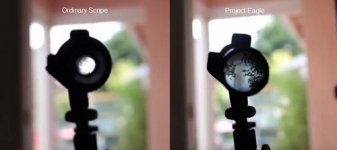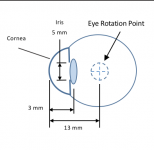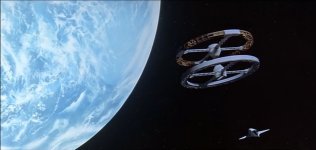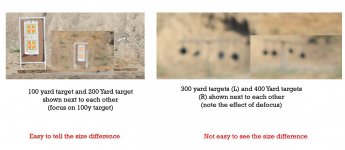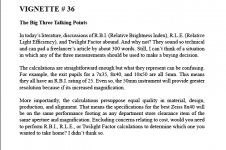Omid
Well-known member

I wrote an inspirational post here a few days ago but it has been removed (don't know why?) So, here I write a new one:
I have been a member of Birforum since 2004. I joined just to read and participate in the binoculars discussions. I still remember the day I joined the form nearly 15 years ago: It was a cold depressing day in Toronto and I was a newly employed "junior scientist" at a high-tech company. My academic background is electrical engineering but I have diverse interests in optics, photography, nature, hunting and astronomy as well. Over the years and thanks to reading posts in this forum, my knowledge of optics and binoculars improved. I also moved to Palm Beach in Florida which was sunny, nice and much more inspiring than Toronto. One night, about 10 years ago, I was lonely and bored and was just browsing through the book "Optics" by Hecht (a well-known Optics text book), it then occurred to me that it could be possible to use a fiber optic plate in a telescope. This idea inspired me to make some tests and it turned out that I was right. I then started learning about patents and how I could write and submit an application. It took me a year to write my first patent application. After I submitted it, it took 4 more years and a lot of correspondence with the patent office to get the patent approved. But the exercise was worthwhile: it encouraged me to think about other ideas ad as months and years past I become more productive in coming up with new and innovative ideas pertaining to binoculars, spotting scopes and rifle scopes.
Fast forward to 2019: Now I live in Los Angeles, California and have 9 granted patents in optics. Since about two months ago, I have made "inventions in optics" my full-time job. I feel excited and I hope I can make useful and meaningful improvements to visual optical instruments.
Birdforum has been a great source of inspiration for me and I am very thankful for several constructive discussions that I had with highly knowledgeable members such ad Dr. Holger Merlitz on the topics related to binocular vision.
So, here I am: Electrical engineer turned optical inventor! Optics is an infinitely vast field. I encourage you to think and consider ways where binoculars could be improved. It is no longer a secrete that image quality of binoculars have reached their peak and the new SV, HD, ED, HT, 4K and ... lines represent "marketing innovations" rather than a significant change in performance. But image quality is not everything about binoculars: binoculars are a "visual interface" between the human eyes and the outside world so there is still room for R&D
Optics is an infinitely vast field. I encourage you to think and consider ways where binoculars could be improved. It is no longer a secrete that image quality of binoculars have reached their peak and the new SV, HD, ED, HT, 4K and ... lines represent "marketing innovations" rather than a significant change in performance. But image quality is not everything about binoculars: binoculars are a "visual interface" between the human eyes and the outside world so there is still room for R&D 
I hope this forum continues to be a source of constructive discussions and inspiration.
Cheers to you all from Playa Vista, CA,
-Omid
I have been a member of Birforum since 2004. I joined just to read and participate in the binoculars discussions. I still remember the day I joined the form nearly 15 years ago: It was a cold depressing day in Toronto and I was a newly employed "junior scientist" at a high-tech company. My academic background is electrical engineering but I have diverse interests in optics, photography, nature, hunting and astronomy as well. Over the years and thanks to reading posts in this forum, my knowledge of optics and binoculars improved. I also moved to Palm Beach in Florida which was sunny, nice and much more inspiring than Toronto. One night, about 10 years ago, I was lonely and bored and was just browsing through the book "Optics" by Hecht (a well-known Optics text book), it then occurred to me that it could be possible to use a fiber optic plate in a telescope. This idea inspired me to make some tests and it turned out that I was right. I then started learning about patents and how I could write and submit an application. It took me a year to write my first patent application. After I submitted it, it took 4 more years and a lot of correspondence with the patent office to get the patent approved. But the exercise was worthwhile: it encouraged me to think about other ideas ad as months and years past I become more productive in coming up with new and innovative ideas pertaining to binoculars, spotting scopes and rifle scopes.
Fast forward to 2019: Now I live in Los Angeles, California and have 9 granted patents in optics. Since about two months ago, I have made "inventions in optics" my full-time job. I feel excited and I hope I can make useful and meaningful improvements to visual optical instruments.
Birdforum has been a great source of inspiration for me and I am very thankful for several constructive discussions that I had with highly knowledgeable members such ad Dr. Holger Merlitz on the topics related to binocular vision.
So, here I am: Electrical engineer turned optical inventor!
I hope this forum continues to be a source of constructive discussions and inspiration.
Cheers to you all from Playa Vista, CA,
-Omid




